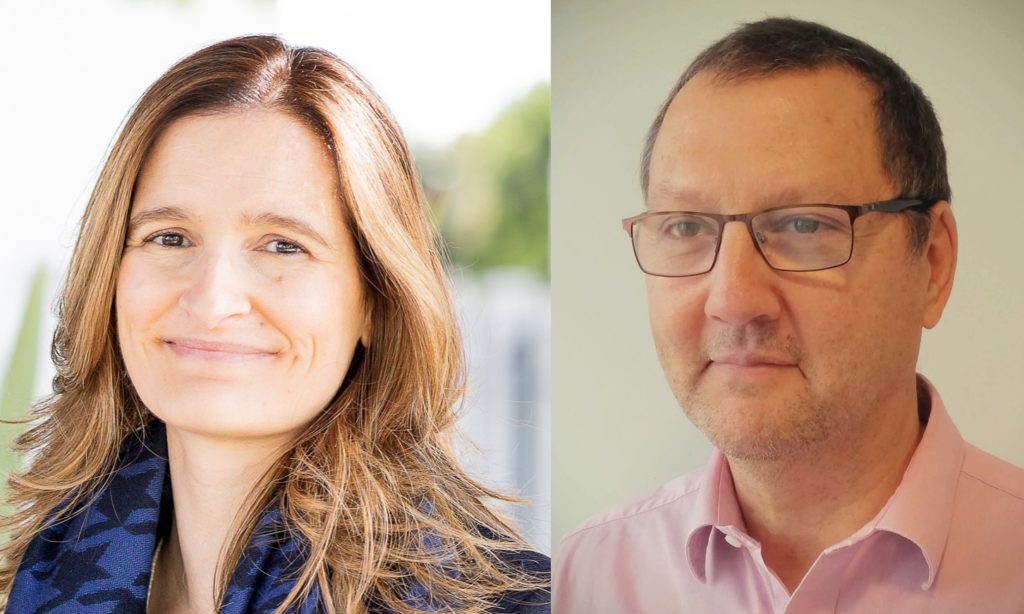Inês Araújo and Gustavo Tiscornia, researchers from the Center for Research in Biomedicine (CBMR), of the University of Algarve (UAlg) are part of the winning team of the Melo e Castro 2019 Award, one of the Santa Casa Neurosciences Awards awarded by the Santa Casa da Misericórdia of Lisbon .
The project “SPINY: Identifying and Modulating the Mechanisms Responsible for Functional Recovery and Axon Regeneration of the Injured Acomys Spinal Cord” is coordinated by Mónica Sousa, researcher at the Institute of Molecular and Cell Biology, University of Porto.
This project «relies on the important contribution of the Center for Research in Biomedicine (CBMR) in the study of the molecular and cellular mechanisms that lead a certain species of spiny mouse from the African continent – Acomys cahirinus – to have an enormous regenerative capacity, to point of walking again after a complete spinal cord injury,” says UAlg.
In this sense, Mónica Sousa says that "this model may allow in the future the design of new therapeutic protocols with applicability in human patients with spinal cord injury".
For Inês Araújo, professor at the Department of Biomedical Sciences and Medicine, and a member of the winning team, this award is of enormous importance since “it is instrumental in strengthening the research capacity with the spiny mouse model in a set of pathologies which have a high impact on Portuguese society, as well as worldwide».
«The Biomedical Research Center of the University of Algarve is one of the few institutions in the world to create this species of mouse in the laboratory, whose regenerative capacity is unparalleled among mammals, making it the closest model to Man for studies in regenerative medicine». says UAlg.
Remember that the ability of some organisms – such as salamanders or zebrafish – to regenerate complex lesions that reproduce human pathologies was already known, but it was only in 2012 that a mammal was discovered with a unique ability to regenerate, since mammals , and in particular the Human Being, do not have this ability.
At the Center for Research in Biomedicine, several researchers are studying the regenerative capacity of the spiny mouse for the regeneration of lesions in the skin, heart and brain, among others.


















Comments